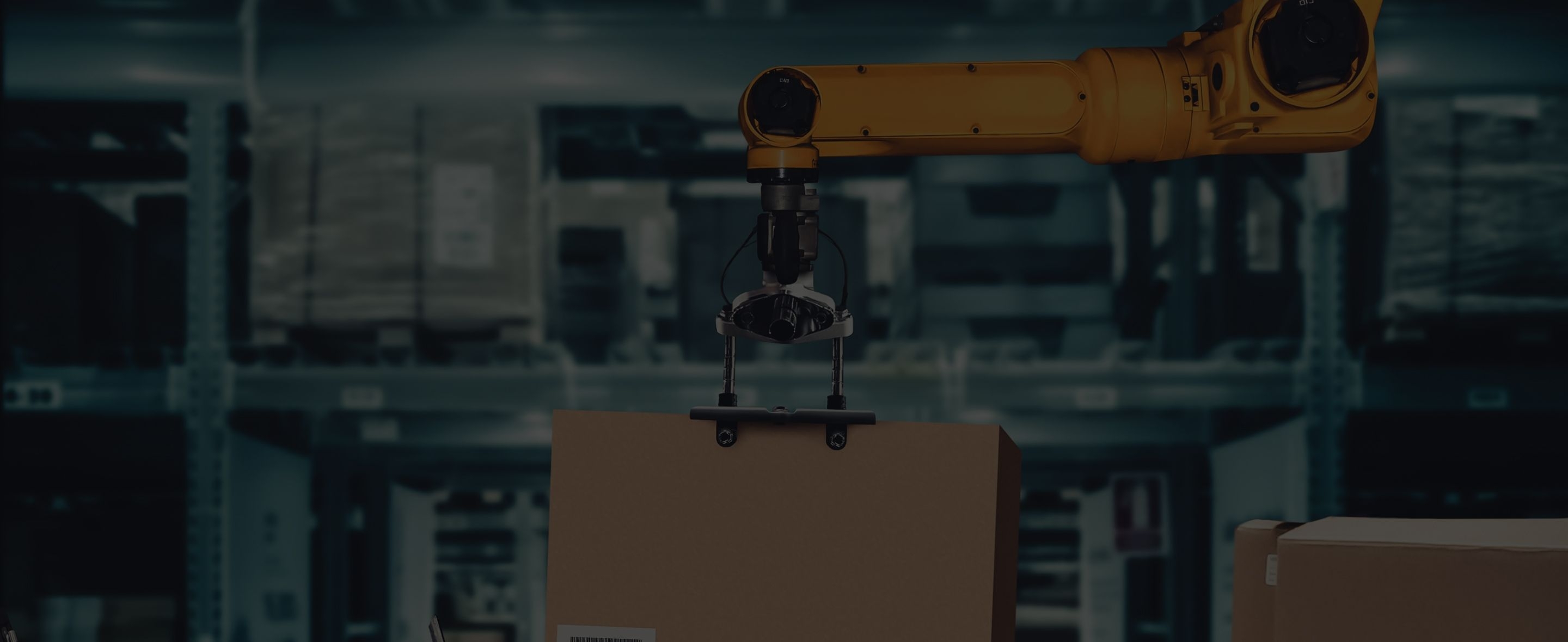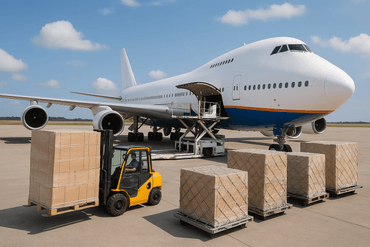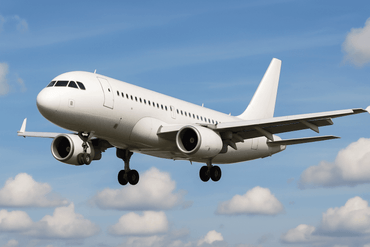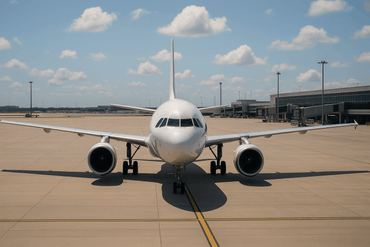
The future of automation at terminals and ports



It cannot be argued that technology is paving the way and opening new opportunities for exciting advances in the ocean freight industry. One of the most prominent efforts in this direction has come in the form of automation of terminals and ports.
Responding to market demand for automation
According to B2B research group Marketsandmarkets, the semi and fully automated container terminal market is currently worth $9.09 billion. This is expected to jump 20% to $10.89 billion by 2023.
The report credits the growth to increasing demand for larger container vessels, high labor costs in developed nations and rising competition among container terminals. As it stands, Asia Pacific holds the largest share in the automated container terminal market, followed by Europe and North America.
This is thanks to increasing efforts by countries in the area, mainly China, Japan, India, and Australia, to improve the infrastructure of their ports and terminals by means of automation.
Advantages of automated terminals
The purpose of bringing automation to ports and terminals is to introduce a whole new level of consistency when handling cargo, and at reduced labor costs and carbon emissions compared to manually operated terminals.
The benefits are clear. Inefficiencies with port and carriers cost the industry as much as $17 billion a year and a fully automated terminal can reduce the number of workers required by at least 45%.
There’s also the reduction of human errors and delays, and the fact that fully automated terminals are capable of providing 24⁄7 service - through the night, in complete darkness, and with no need for a caffeine or bathroom break.
But for reasons ranging from unions to costs, not all terminals are jumping straight in to benefit from this. In fact, of all the terminals in the world, only 3% are either semi or fully automated.
“It is a huge investment for a terminal and some may face restrictions and challenges due to local legislation or unions blocking this type of modernization. But it is also still a fairly new concept, so it’s understandable if some terminals are waiting to see how things work at the pioneer terminals before making their own investment.”
- Klaus Lysdal, Vice President of Operations, iContainers
Replacing humans in hard hats with machines and robots is not an easy feat by any means. But as we’ve seen from some of the most advanced and automated terminals in the world, their investment is paying off.
Here’s a look at some of the leading fully automated terminals around the world and how they’ve managed to adopt automation to take their port efficiency to the next level.
Qingdao New Qianwan Container Terminal, Port of Qingdao
The Qingdao New Qianwan Container Terminal (QQCTN) at the Port of Qingdao is Asia’s first fully automated terminal. Rather aptly, it’s known to locals as ‘ghost ship’.
With two fully automated berths stretching across some 660 meters of its quay, the port of Qingdao can handle 5.2 million TEUs. It’s also equipped with seven ship-to-shore cranes, 38 automated stacking cranes, and 38 automated guided vehicles (AGV). With machines having taken over from berth to container yard, the humans can retreat to their control rooms and monitor them from there.
The terminal began operations in May 2017. In its first year, it handled close to 800,000 TEUs and serviced over 660 vessels. When operations started, it had an average loading efficiency of 26.1 containers per crane per hour. That figure has since increased to 33.1, which is reportedly 50% more than the average worldwide.
It has also managed to reduce the number of port workers needed to unload a shipment from 60 to nine.
“Labor costs have been reduced by 70 percent because of this automatic terminal, while efficiency increased by 30 percent, because we can work at night.”
- Zhang Liangang, General Manager of QQCTN
The project cost around $468 million and already, the investment has paid off.
The deputy general manager says the automated terminal became profitable in the first quarter of 2018 - a mere 10 months after it opened.
Such a terminal would normally take eight years to construct. But Qingdao managed it in less than half the time. If this doesn’t highlight China’s dedication to introducing the best technology to improve their ports’ efficiency, the fact that the Port of Shanghai is currently home to the world’s largest automated terminal should.
Yangshan Deep Water Port, Port of Shanghai
It should come as no surprise that the world’s largest fully automated port is at the world’s busiest port - the Port of Shanghai. It’s located on Yangshan Island, just across Donghai Bridge, which was specially built to service the terminal.
Phase 4 of the Yangshan Deep Water Port, covering 2.23 million square meters and 2,350 meters along the shoreline, began trial operations in December 2017.
Once fully operational, the terminal will add seven additional berths to the port. It’ll initially have a handling capacity of 4 million TEUs. But that is expected to be expanded to 6.3 million TEUs later, boosting the capacity of the Port of Shanghai to over 40 million TEUs per year.
“The automated terminal not only increases the port’s handling efficiency, but also reduces carbon emissions by up to 10 per cent.”
- Chen Wuyuan, president of Shanghai International Port Group
<iframe width="560" height="315" src="https://www.youtube.com/embed/_2ZefT09jYI" title="YouTube video player" frameborder="0" allow="accelerometer; autoplay; clipboard-write; encrypted-media; gyroscope; picture-in-picture; web-share" allowfullscreen></iframe>
Upon completion, the Yangshan container port will be fully handled by 130 automated guided vehicles AGVs, the most in any single container terminal the world. Alongside them will be 26 bridge cranes, 120 rail-mounted gantry cranes, and just a handful of workers tucked away comfortably in a control room.
Victoria International Container Terminal, Port of Melbourne
Located near Port Phillip Bay at the Yarra River opening sits Port of Melbourne’s Victoria International Container Terminal, the port’s newest terminal operator. It’s also the first fully automated terminal and the first that can receive Neo-Panamax container ships in Australia.
The 35-hectare terminal has a straight 660-meter berth which allows it to handle two vessels at one time. It’s equipped with five neo-panamax automated STS cranes and fully automated boat-to-quay operations.** Right now, it has an annual capacity of over one million, which is expected to be expanded by an additional 400,000 TEUs at a later stage.**
Upon completion, the $450 million project will see the terminal equipped with a total of eight quay cranes stationed at the berth for loading and unloading, 18 automated container carriers to transport containers to and from the container yard, as well as 32 automated stacking carriers at the yard.
“Everything about VICT, from its technology to its location and layout, has been designed to deliver unprecedented efficiency, safety, sustainability and security.”
- Christian Gonzales, VICT Chairman & Senior Vice President of ICTSI’s Asia Pacific Region
Maasvlakte 2, Port of Rotterdam
**The APM Terminal at the Port of Rotterdam’s Maasvlakte II facility calls itself the world’s ‘most technologically advanced and environmentally sustainable container terminal’. **The 180-hectare terminal has a 2,800-meter long quay of 19.65m and offers a throughput capacity of 4.5 million TEUs annually.
The terminal began automated operations in 2015. Since then, it’s been remotely controlling its ship-to-shore cranes to transport containers to and from vessels and lift-AGVs. These battery-powered vehicles are capable of carrying two containers at once. Guided by an onboard navigation system, they then automatically transport these containers from quayside to the container yard.
There, 54 automated rail-mounted gantry cranes take over. They begin placing containers at their designated locations, be it in the container yard, on a truck, or at a rail terminal.
To top it off, the APM terminal is equipped with an on-site wind turbine and operates on wind-generated electricity. This not only produces zero carbon emissions and pollutants, it’s also significantly quieter than conventional terminals.
“It runs on a zero emissions, sustainable business model using renewable energy, benefiting the people of Rotterdam and Europe. And, equally important, our shipping line customers will experience 40% higher productivity - thanks to automation.”
- Kim Fejfer, APM Terminals CEO
Embracing automation and looking ahead
Given the technological advances that have permeated the ocean freight industry over the past two decades, terminals that have yet to embark on this journey of automation will need to play catch up soon or risk being rendered completely obsolete.
As demand for efficiency and transparency grows, it’s clear that ports and terminals that are ahead of the game will stand out by their differentiating factor of having invested in automation. But why stop there when they have the capabilities to take it further?
“These are exciting times for terminals. Those that are already fully automated should continue what they’re doing with the same vigor. For example by offering real time and precise tracking. This is especially since the computers are already logging every single movement of a container: when it’s gated, when it’s loaded or unloaded, when it’s discharged, etc. This data is generally available now but often with a delay while it’s being confirmed.”
- Klaus Lysdal, Vice President of Operations, iContainers
- 1. Responding to market demand for automation
- 2. Advantages of automated terminals
- 3. Qingdao New Qianwan Container Terminal, Port of Qingdao
- 4. Yangshan Deep Water Port, Port of Shanghai
- 5. Victoria International Container Terminal, Port of Melbourne
- 6. Maasvlakte 2, Port of Rotterdam
- 7. Embracing automation and looking ahead
Related Articles


